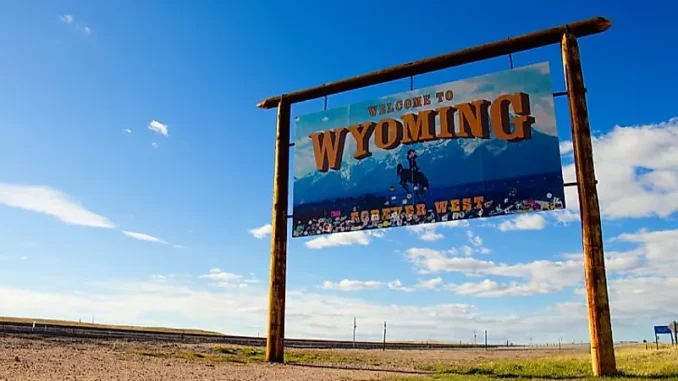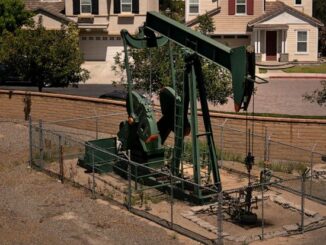
Consumer Affairs, a consumer-protection publication, has released its annual rankings for the greenest states in the United States and Wyoming is dead last for emissions per capita and emissions per megawatt hour of electricity produced.
Despite average scores for waste generation per capita and one of the top scores for percentage of renewable energy generated, Wyoming’s high emissions landed it last in the rankings of green states.
Dirty Imports
According to the Consumer Affairs scoring, Wyoming produced 68.55 tons of carbon dioxide per capita in 2021. This is nearly double that of the next highest state, West Virginia, which had 36.05 tons per capita.
Wyoming’s high score in emissions per capita is due in part to its coal-fired power plants, but it’s also because the state produces a large amount of energy for other states. According to the U.S. Energy Information Administration, Wyoming exports 12 times more energy than it consumes.
The Consumer Affairs report didn’t factor in where the energy is being consumed, which means that states that ranked higher on the green states list, such as California and Colorado, likely consumed Wyoming’s high-emissions coal energy.
Other states that are considered “green” are importing coal energy from Wyoming but score better in the ranking because they don’t produce it.
Consumers affairs told Cowboy State Daily that the data originated from the EPA’s Emissions and Generation Integrated Resource Database, which only tracks the source of the emissions. If energy produced by a coal-fired power plant in Wyoming is exported to another state, however, the emissions are attributed to Wyoming, not the state that imported the energy. Similarly, energy produced by wind farms in Wyoming is counted toward the state’s renewable energy production even if the electricity is used in other states.
Our Lights Stay On
Wyoming residents, however, do consume a lot of energy from coal-fired power plants.
Travis Deti, executive director of the Wyoming Mining Association, told Cowboy State Daily that’s why the state’s grid has such a reliable electricity supply.
“The citizens of Wyoming don’t have to go through rolling brownouts and blackouts. Our lights stay on, and our energy costs are low,” Deti said.
This reliable electricity also ensures states like California and Colorado have backup when wind and solar sources are down.
Deti said that not only do Wyoming mines produce some of the cleanest coal in the world, the state’s power plants have invested a lot in technologies that help reduce the emissions from the coal-fired power plants.
Not In Our Backyard
Rep. John Bear, R-Gillette, told Cowboy State Daily that the operators of the Dry Fork Station power plant near Gillette tested the air going into the furnace and sent up drones to test the air at the exhaust.
“It’s actually cleaner coming out than going in,” Bear said.
Bear said that the plants do produce carbon dioxide emissions, but the particulate pollution is very low.
“The people on the left coast and the people on the right coast look at flyover country with disdain. They never come out here to see what we’re doing,” Bear said.
Bear said that Wyoming also is where a lot of Western states are getting their wind and solar energy from, and that is going to gobble up a lot of land in the state.
The outline of the Chokecherry and Sierra Madre wind project being constructed in central Carbon County will cover 1% of the state’s total acres.
He said it takes 1,000 acres of solar panels to replace one coal-fired power plant, and the solar farm produces power intermittently.
Top ‘Green’ States
The Consumer Affairs rankings of green states gave Vermont the top spot, followed by Washington and Oregon.
According to the EIA, Vermont imports three times as much energy as it produces, and most of that is from hydroelectric resources, resulting in very low energy-related carbon dioxide emissions.
Washington and Oregon are also able to tap into large resources of hydroelectric power, which keeps their emissions levels low.



